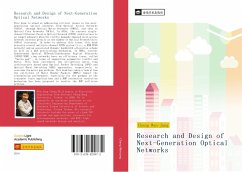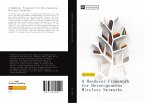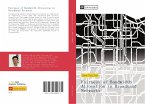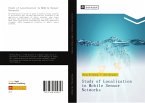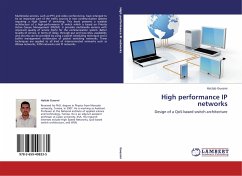This book is aimed at addressing critical issues in the next-generation optical networks from Optical Access Networks (OANs), through Optical Metro Networks (OMNs), and then to Optical Core Networks (OCNs). In OANs, the current single-channel Ethernet Passive Optical Network (EPON) architecture is no longer adequate when the traffic demands imposed on an access network increase greatly as the number of Optical Network Units (ONUs) increases. In order to address this issue, this book presents a novel multiple channel EPON system (i.e., a WDM EPON network) and an associated dynamic bandwidth allocation scheme as well as a QoS provisioning mechanism. In OMNs, current Synchronous Optical NETwork/Synchronous Digital Hierarchy (SONET/SDH) ring networks have an efficiency issue, called ¿metro gap¿, in terms of supporting asymmetric traffic and burst. This book introduces two all-optical metro ring architectures based upon Optical Packet Switching (OPS) and Optical Burst Switching (OBS) approaches, respectively, to overcome the metro gap problem. This book has taken a look at how the collisions of Burst Header Packets (BHPs) impact the transmission performance, especially for the goodput of the transport layer applications and a BHP contention resolution mechanism has been proposed to resolve the BHP collision problem.

